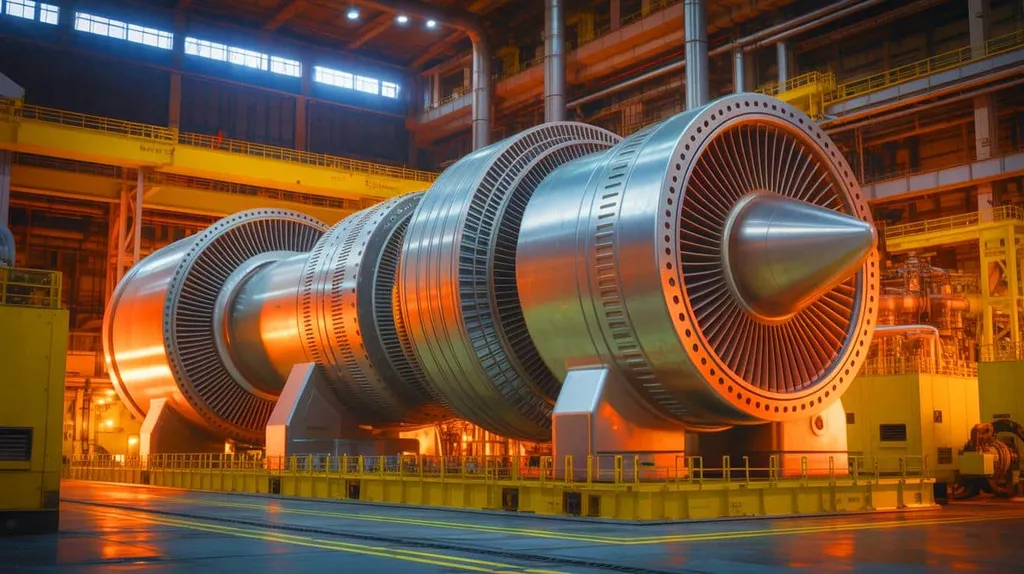In the relentless battle against corrosion, marine engineering faces some of the harshest conditions on Earth. Yet, a recent study published in the Journal of Engineering Science offers promising insights into the future of marine coatings, with significant implications for the energy sector. Led by Xiaohu Zhang from the Central Research Institute of Building and Construction Co., Ltd., MCC in Beijing, the research delves into the accelerated aging behavior of two high-performance marine coatings, providing a roadmap for more durable and cost-effective anti-corrosion solutions.
The study focuses on two types of coatings: a nano-modified polyurethane weather-resistant powder coating and a FEVE fluorocarbon super-weather-resistant powder coating. Both are applied over a nano-modified phenolic epoxy heavy-duty anti-corrosion powder coating primer. The research team subjected these coatings to a rigorous accelerated aging test, mimicking the harsh conditions of the South China Sea. The test involved cycles of ultraviolet (UV) aging, condensation, and salt spray, with samples analyzed at various intervals to assess changes in glossiness, surface microstructure, chemical composition, and corrosion resistance.
The results are compelling. “During 38 cycles of the accelerated aging test, the glossiness, microstructure, and chemical functional groups of the two coatings changed marginally as aging progressed,” Zhang explains. The FEVE fluorocarbon coating demonstrated superior performance in terms of light retention and chemical stability. However, the nano-modified polyurethane coating showed earlier signs of blistering, highlighting potential areas for improvement.
One of the most significant findings pertains to the long-term aging resistance of the FEVE fluorocarbon coating. “The corrosion-protection performance of both coating systems is dominated by the primer at the marked line before 18 aging cycles and by the topcoat after 18 aging cycles,” Zhang notes. This insight could revolutionize the way marine coatings are designed and applied, ensuring better protection for high-end marine equipment and infrastructure.
The study also underscores the environmental benefits of these coatings. Both are powder coatings, making them environmentally friendly and pollution-free. However, the trade-off lies in cost. While FEVE fluorocarbon coatings offer better aging resistance, they are more expensive than polyurethane coatings. This presents a dilemma for the energy sector, where cost-effectiveness is paramount.
The research, published in the Journal of Engineering Science (工程科学学报), translates to English as “Journal of Engineering Sciences,” offers a glimpse into the future of marine coatings. As the energy sector continues to expand into harsh marine environments, the demand for durable and cost-effective anti-corrosion solutions will only grow. This study provides a crucial step forward, paving the way for innovative developments in the field.
The implications are far-reaching. By understanding the accelerated aging behavior of these coatings, engineers and scientists can develop more resilient materials, reducing maintenance costs and extending the lifespan of marine infrastructure. This, in turn, could lead to more sustainable and efficient energy production, benefiting both the industry and the environment.
As the energy sector navigates the complexities of marine engineering, this research serves as a beacon of hope. It highlights the potential of advanced materials to overcome the challenges posed by harsh corrosive environments, ensuring a more robust and sustainable future for marine infrastructure. The journey towards more durable coatings is ongoing, but with each study, we inch closer to a solution that balances performance, cost, and environmental impact.

